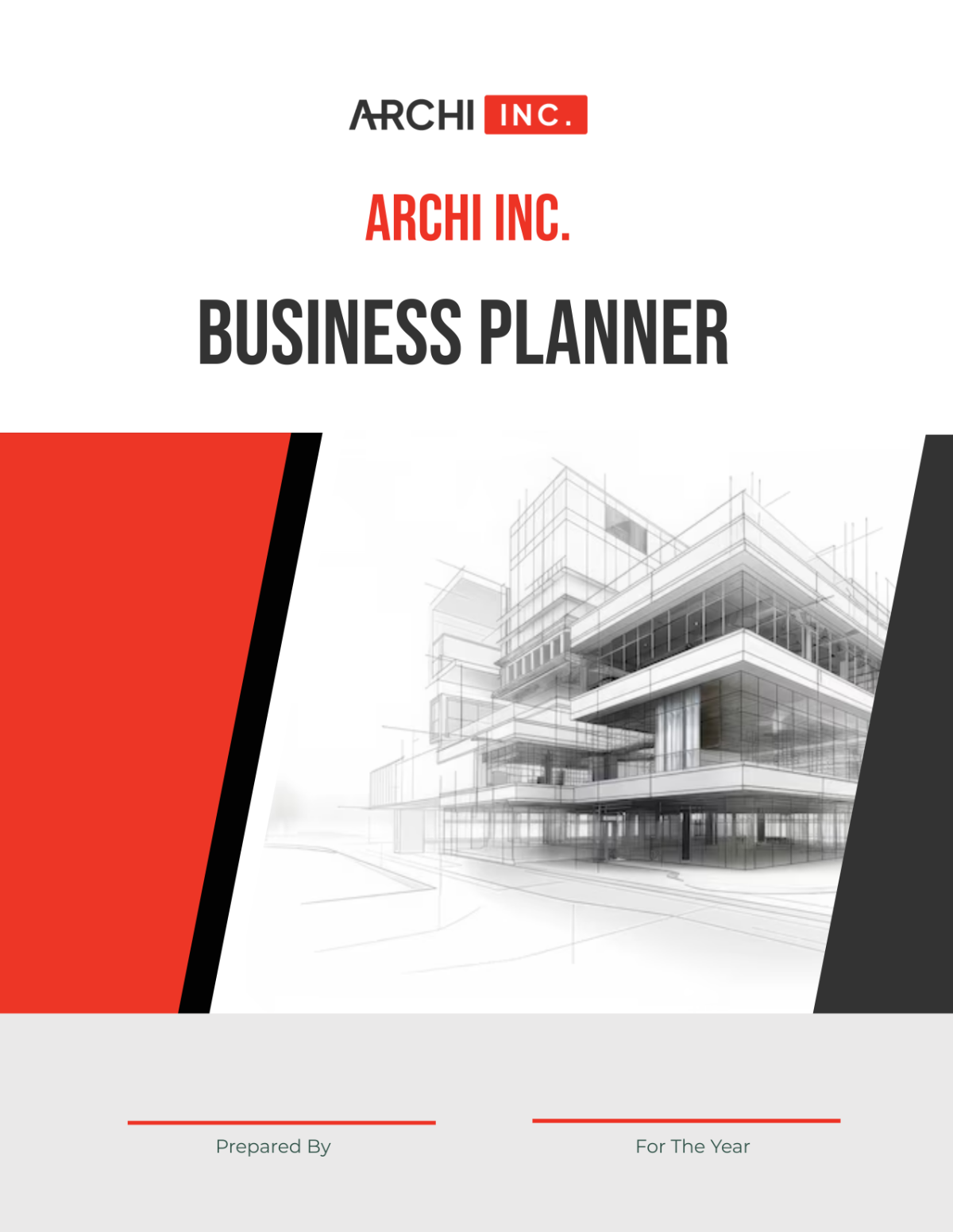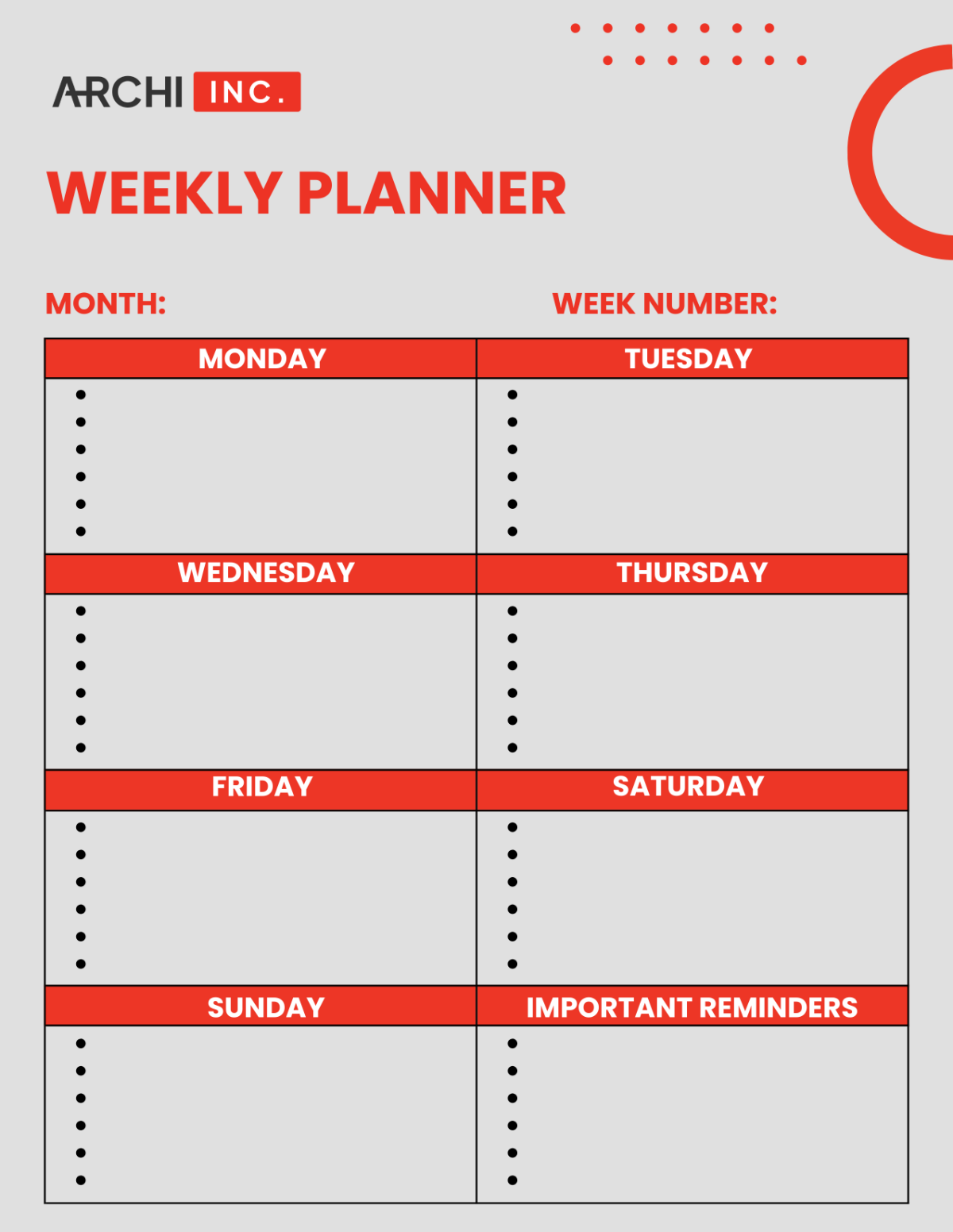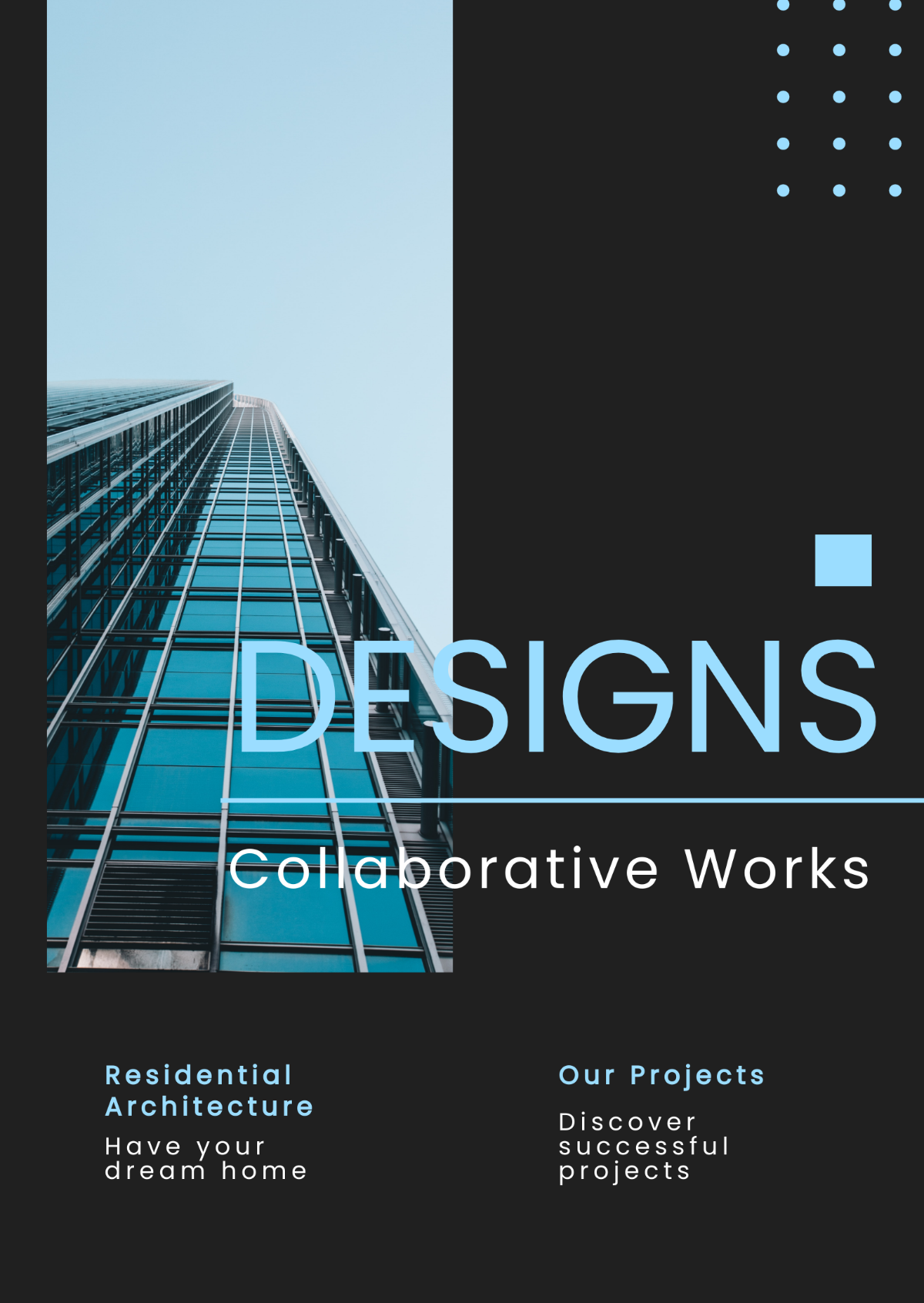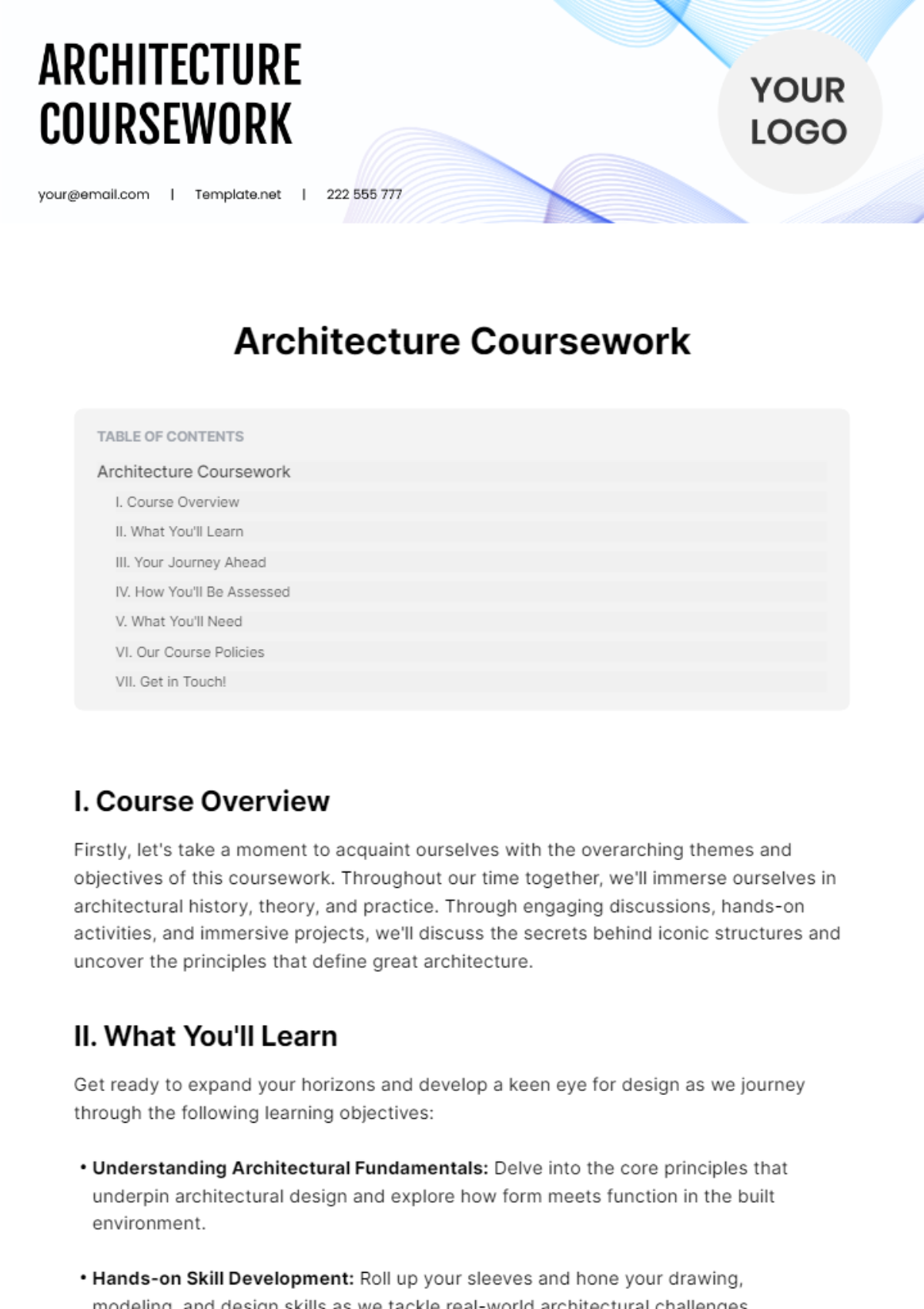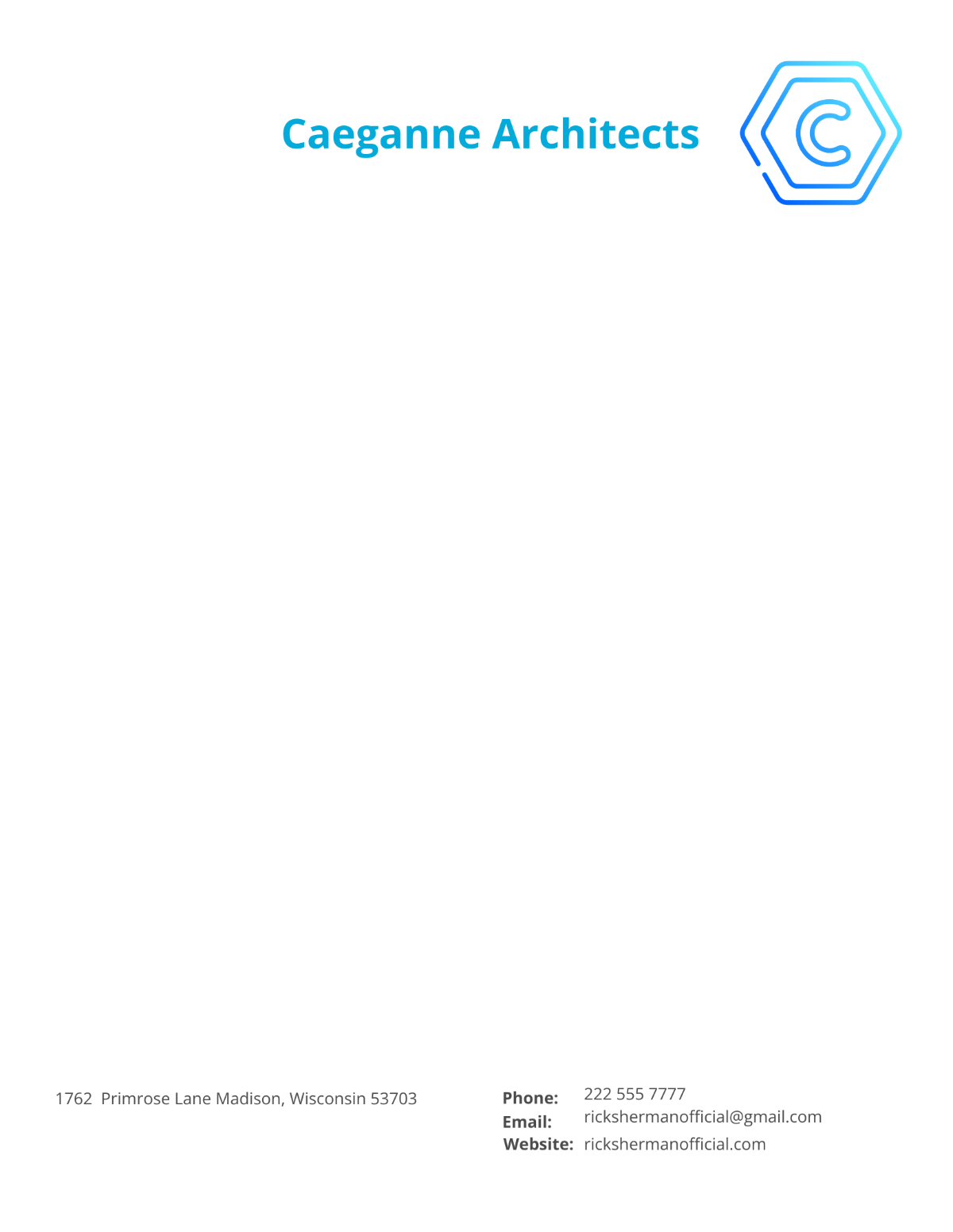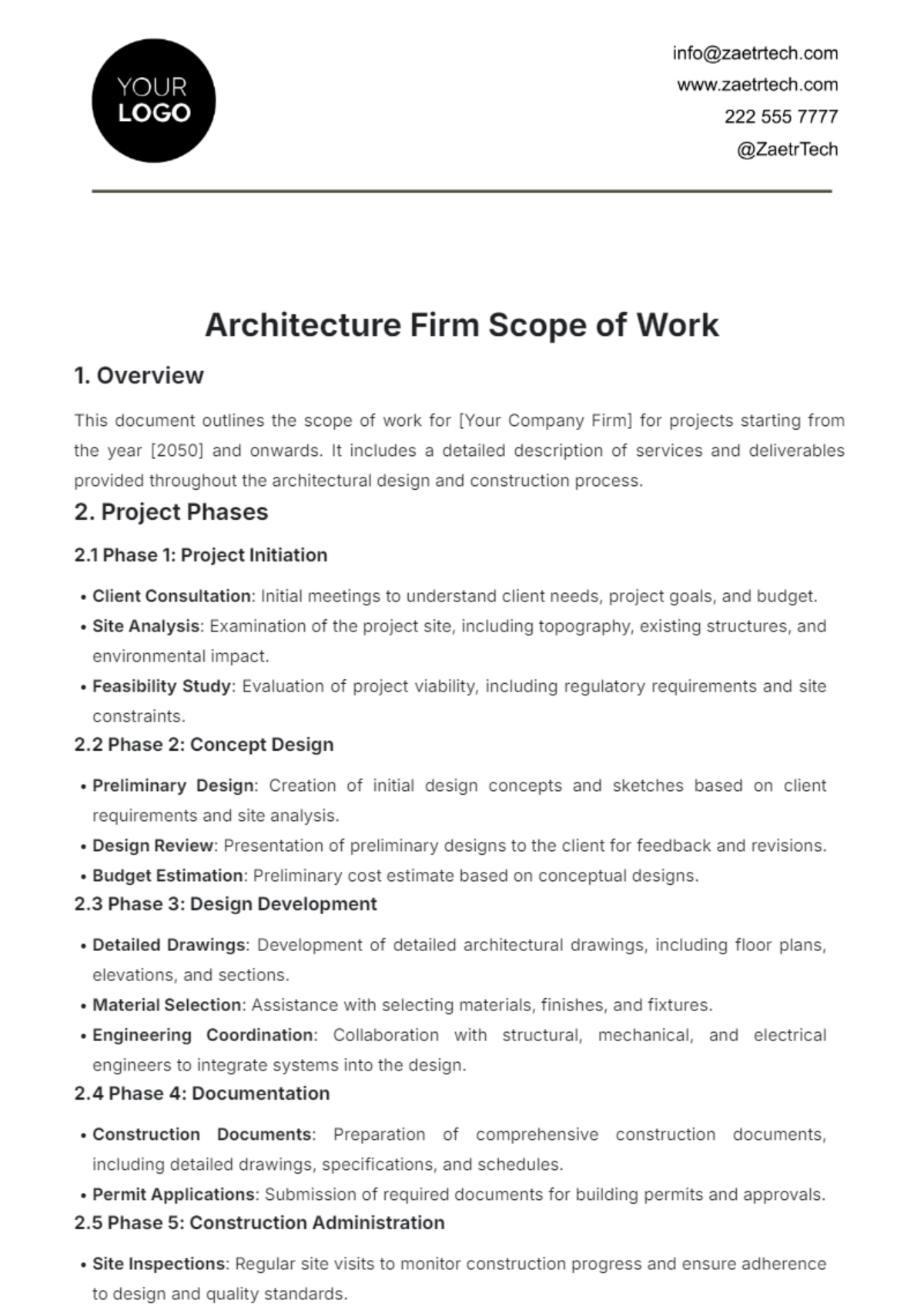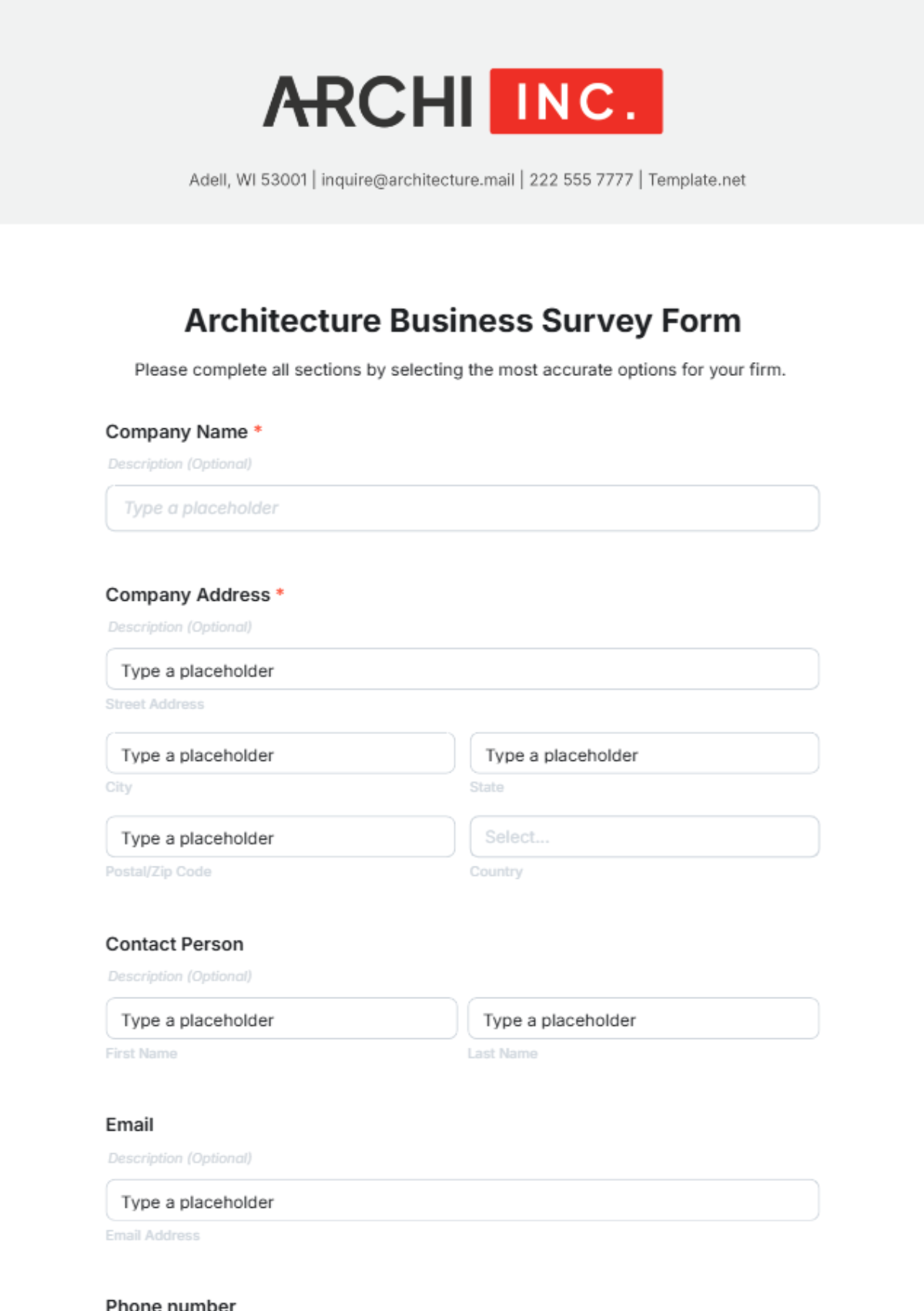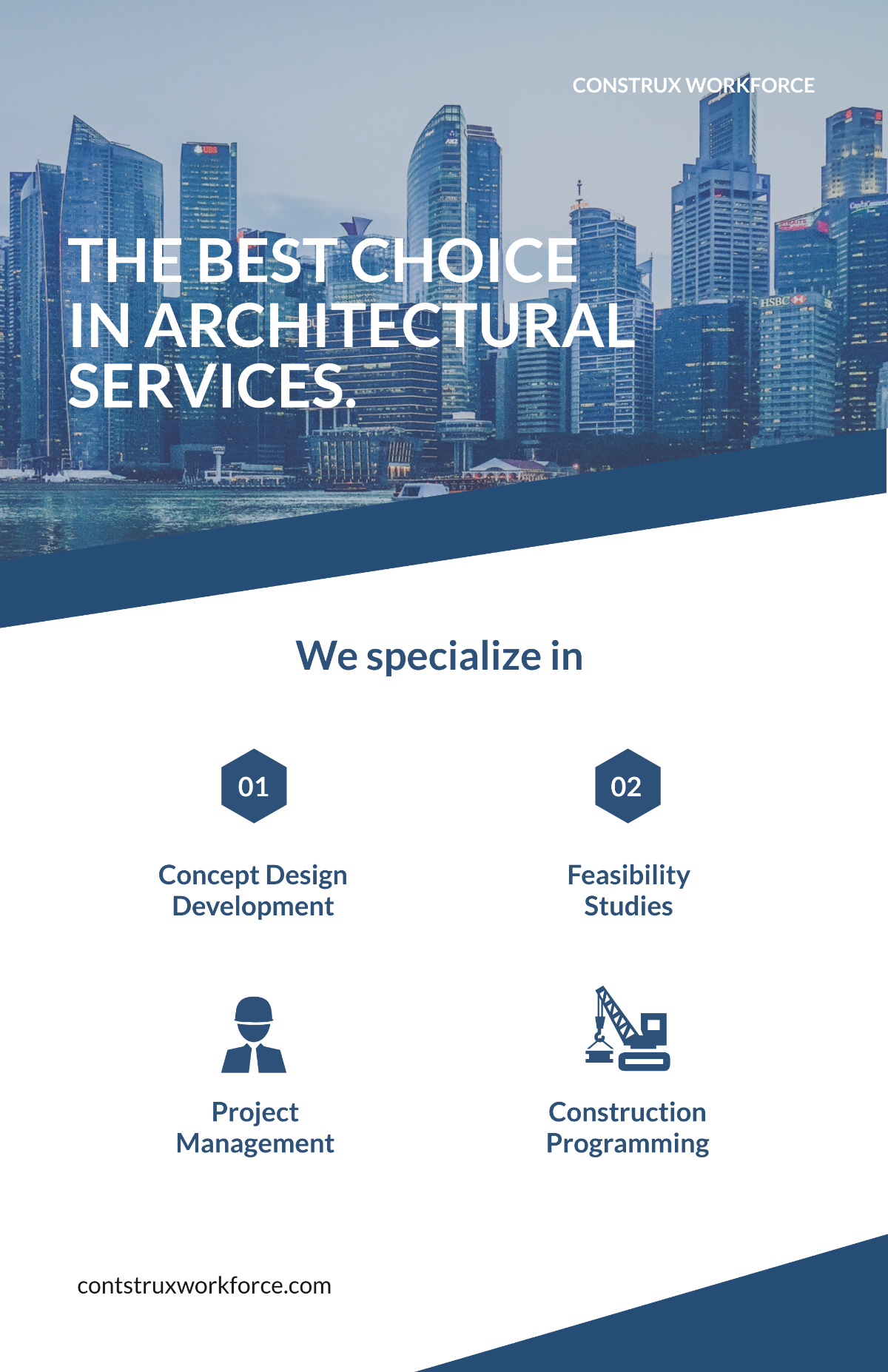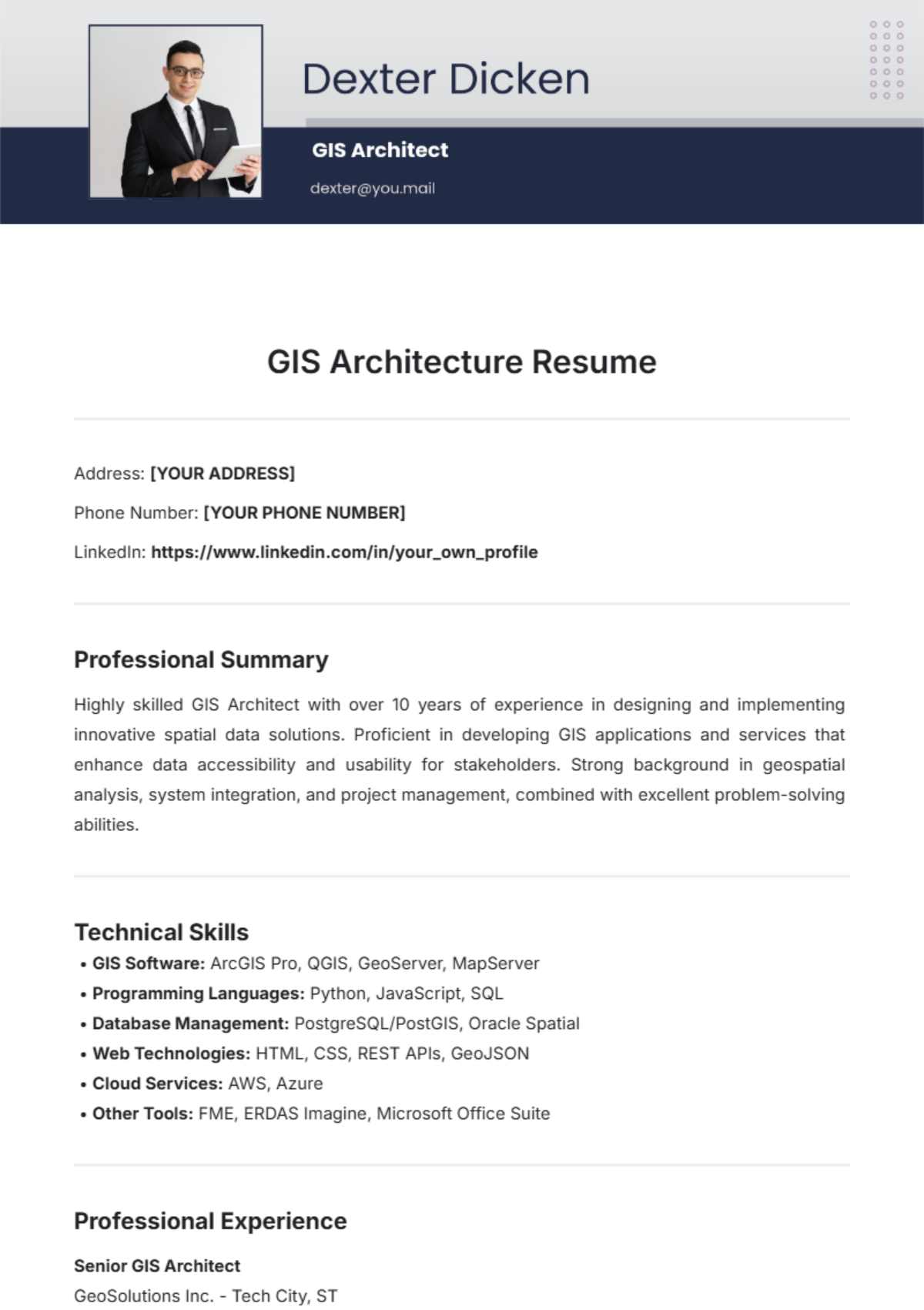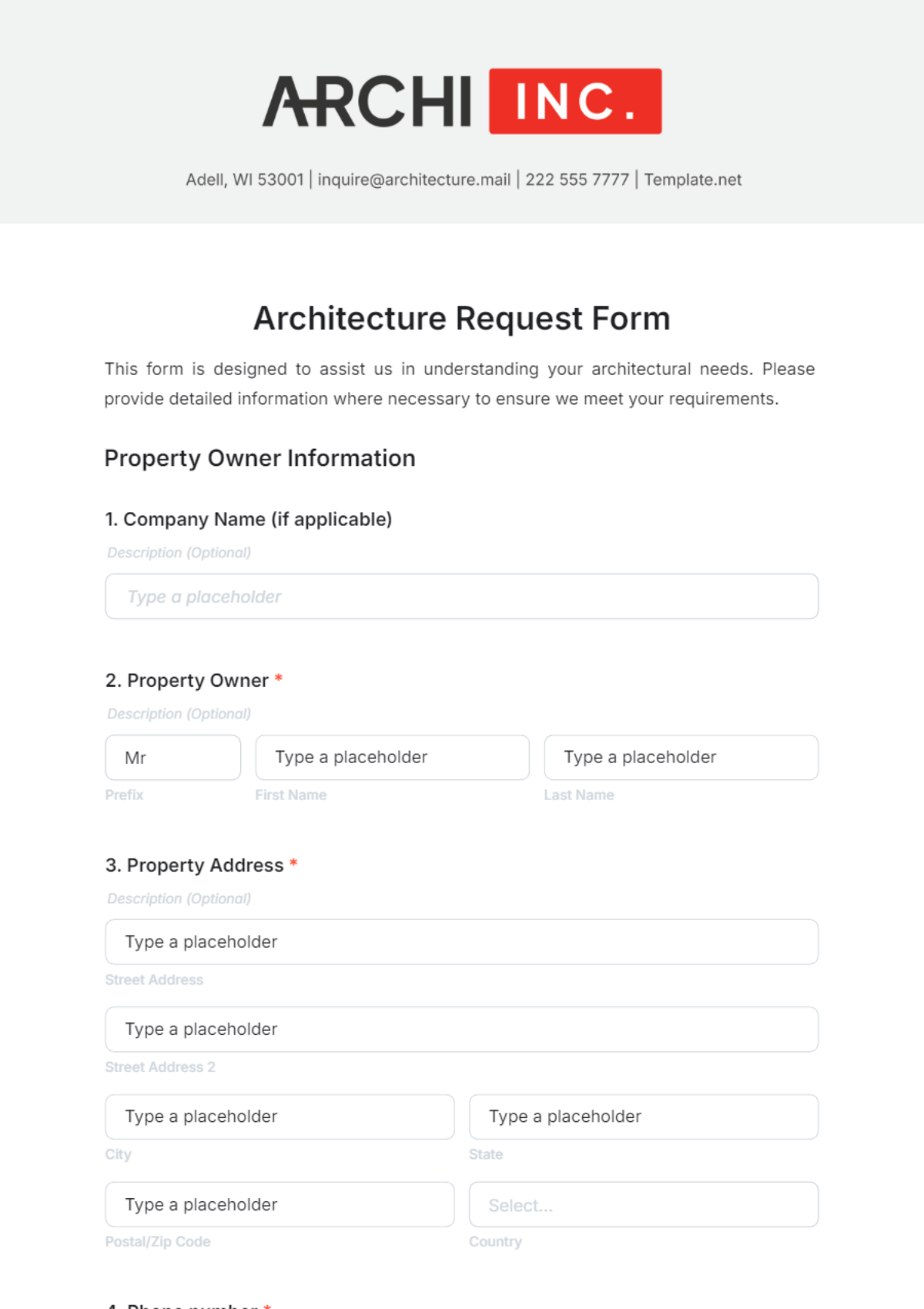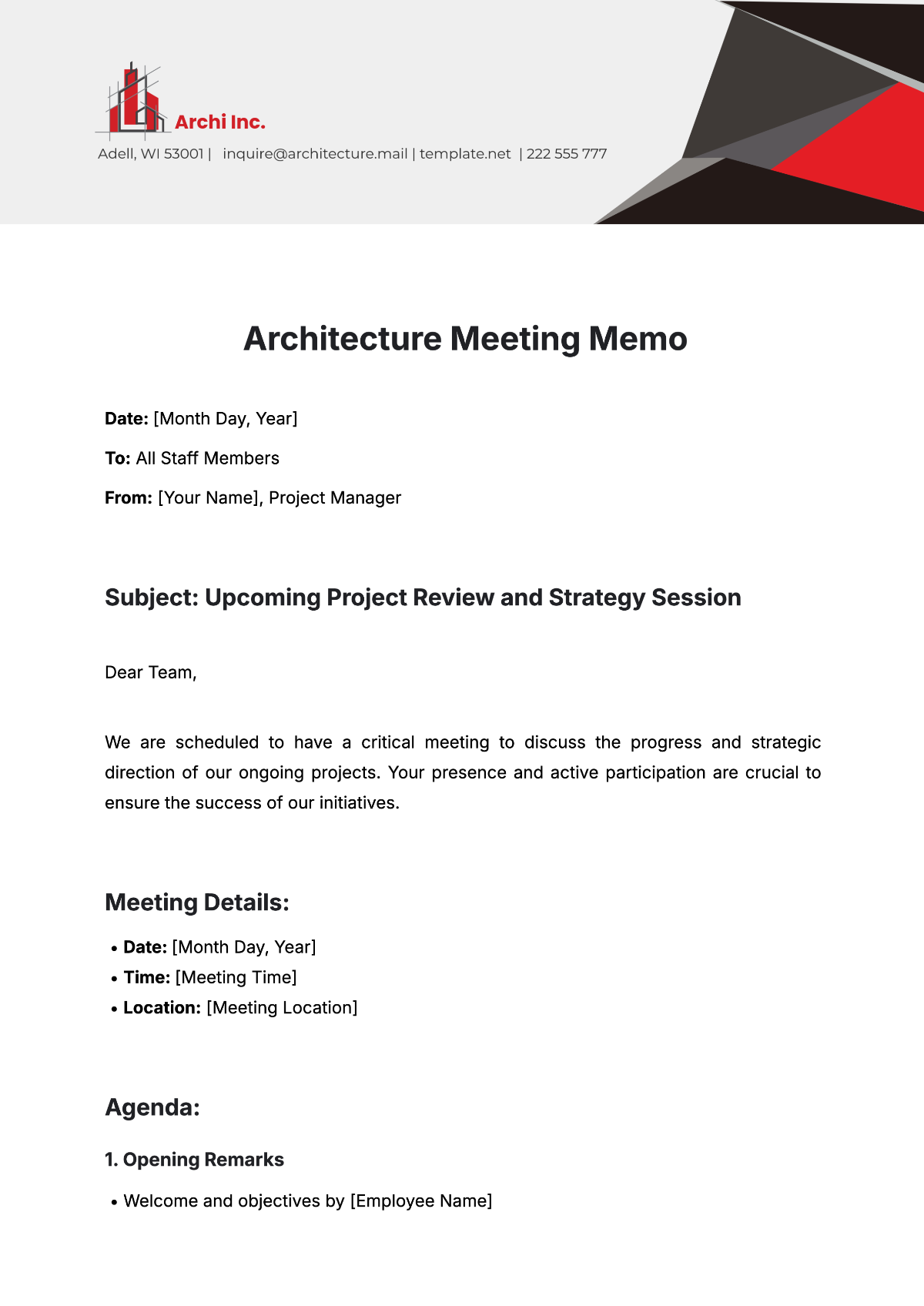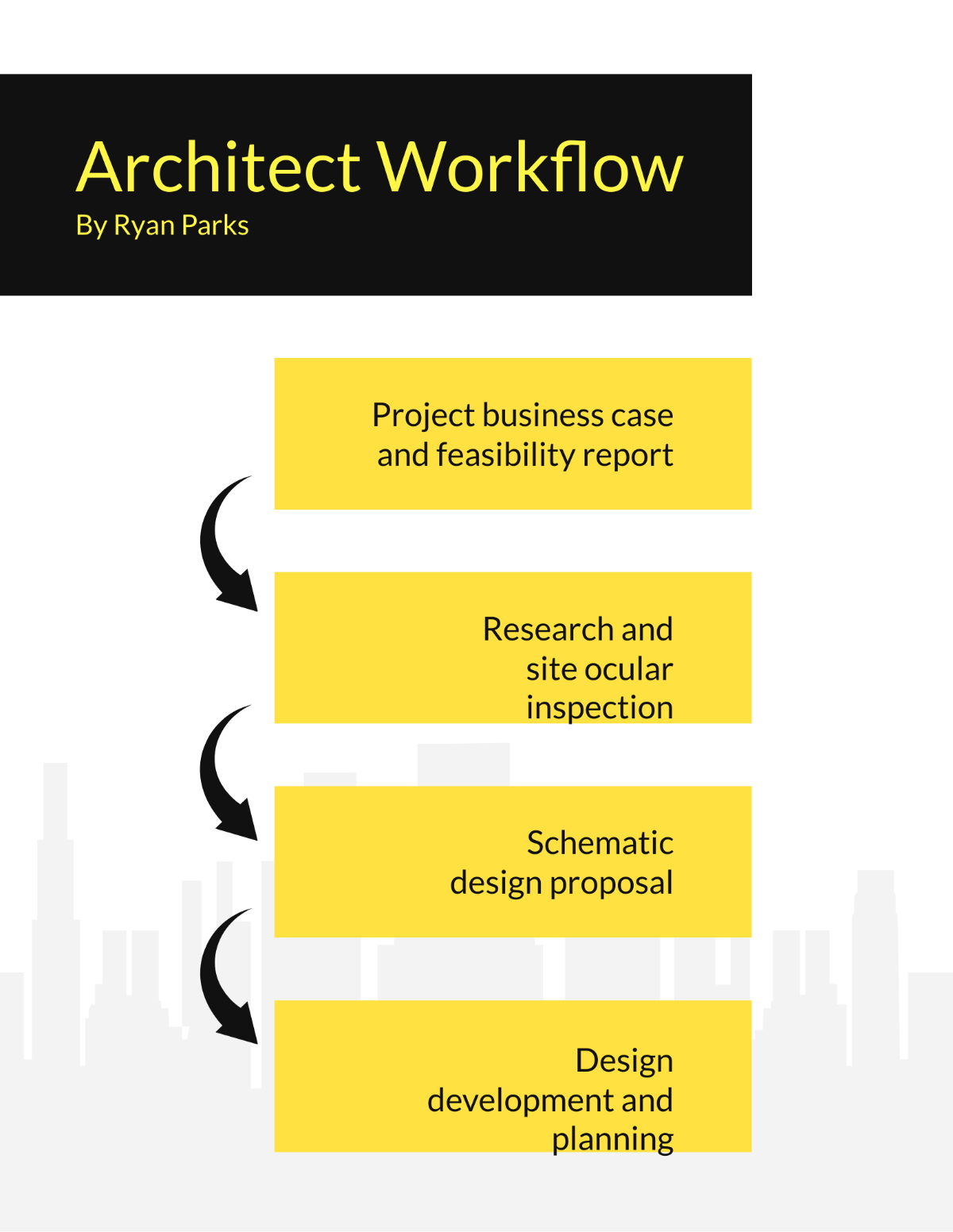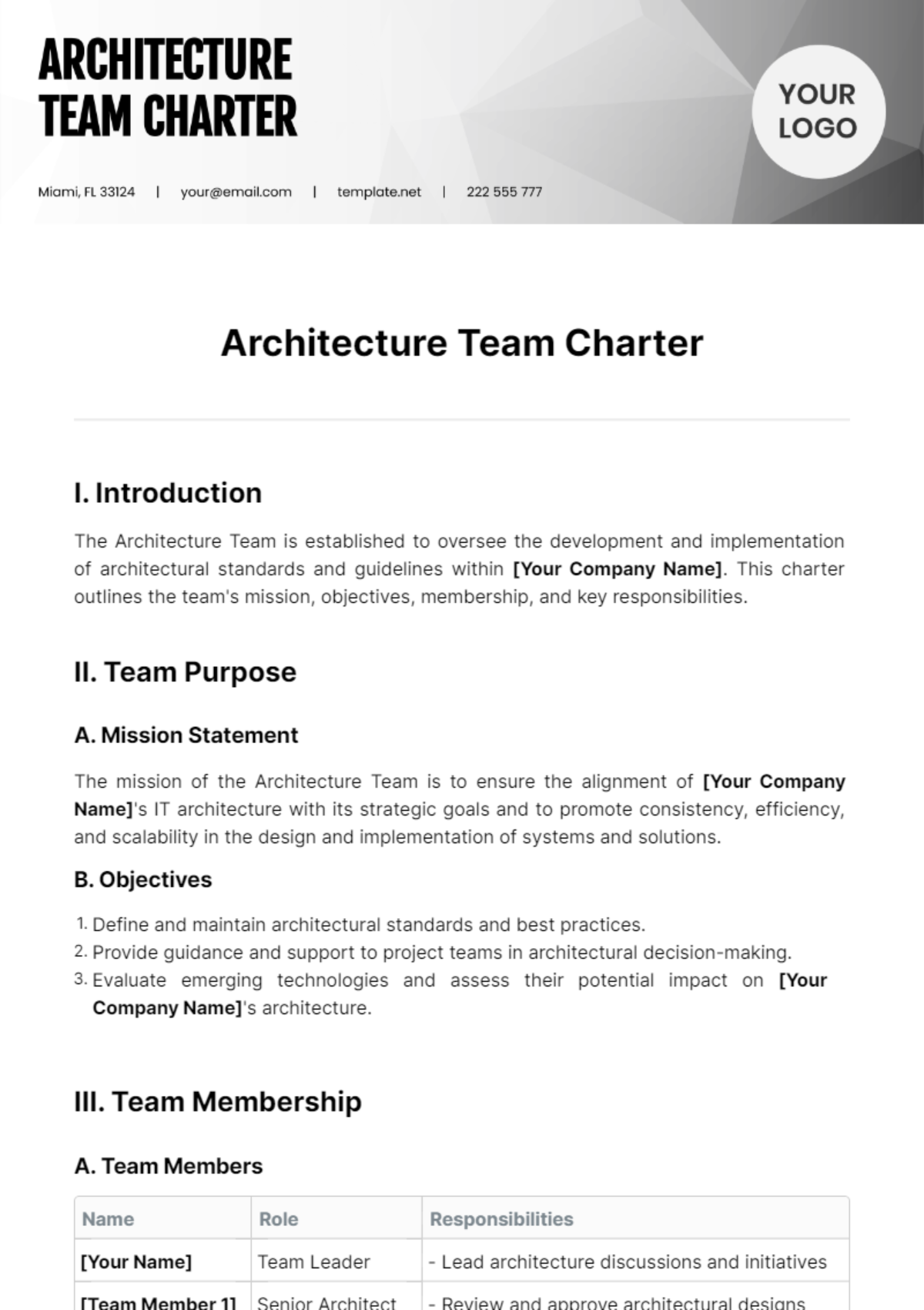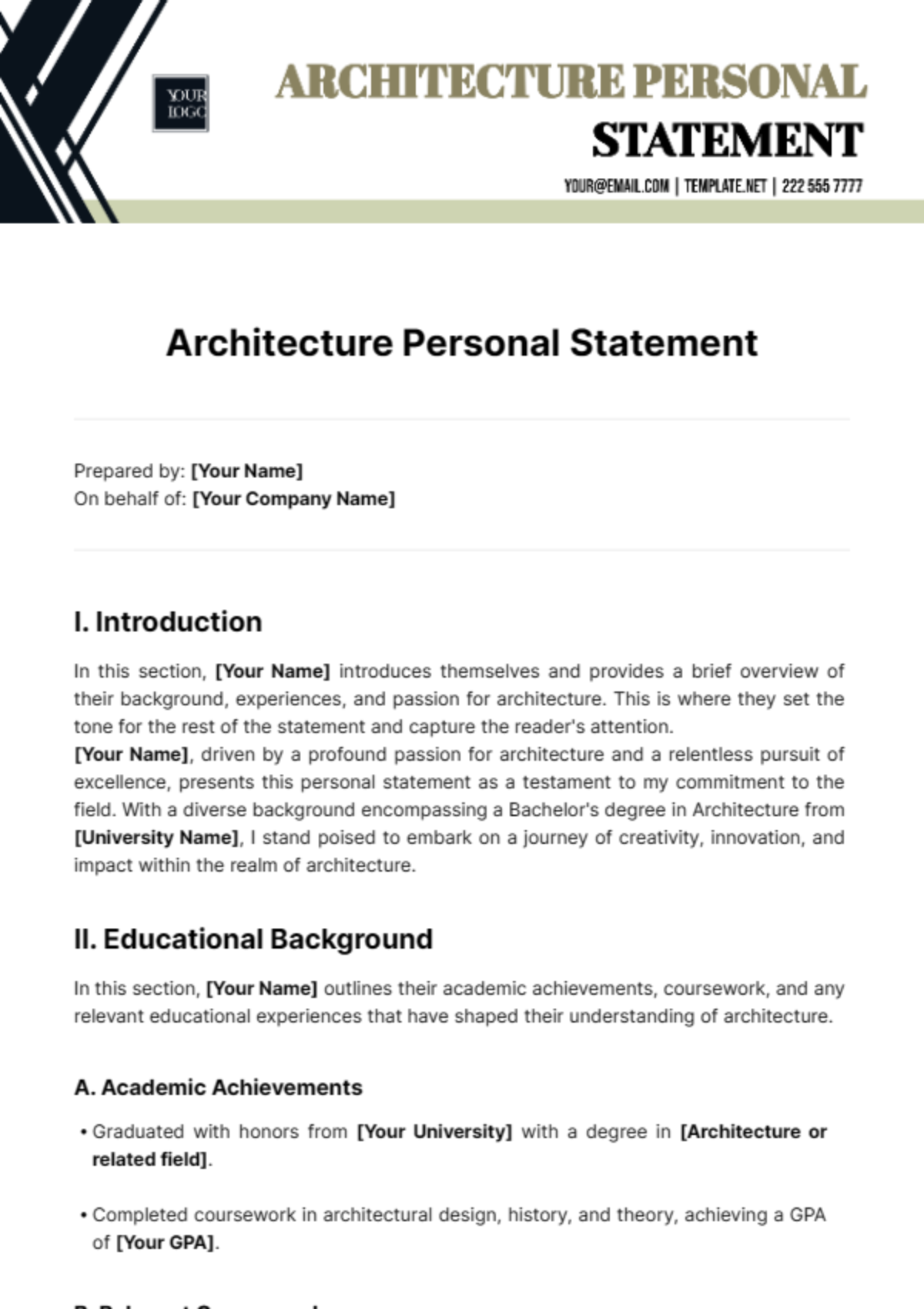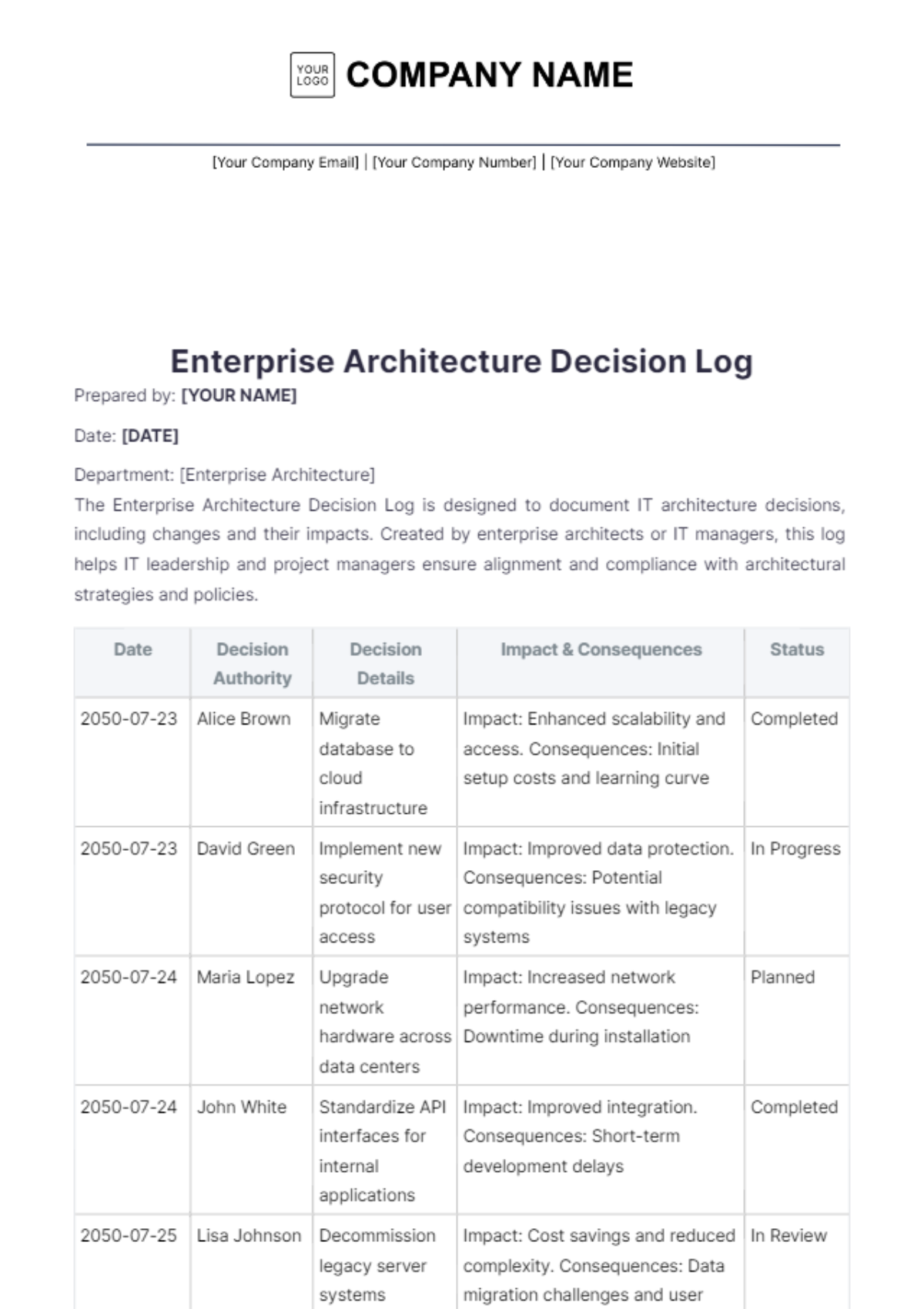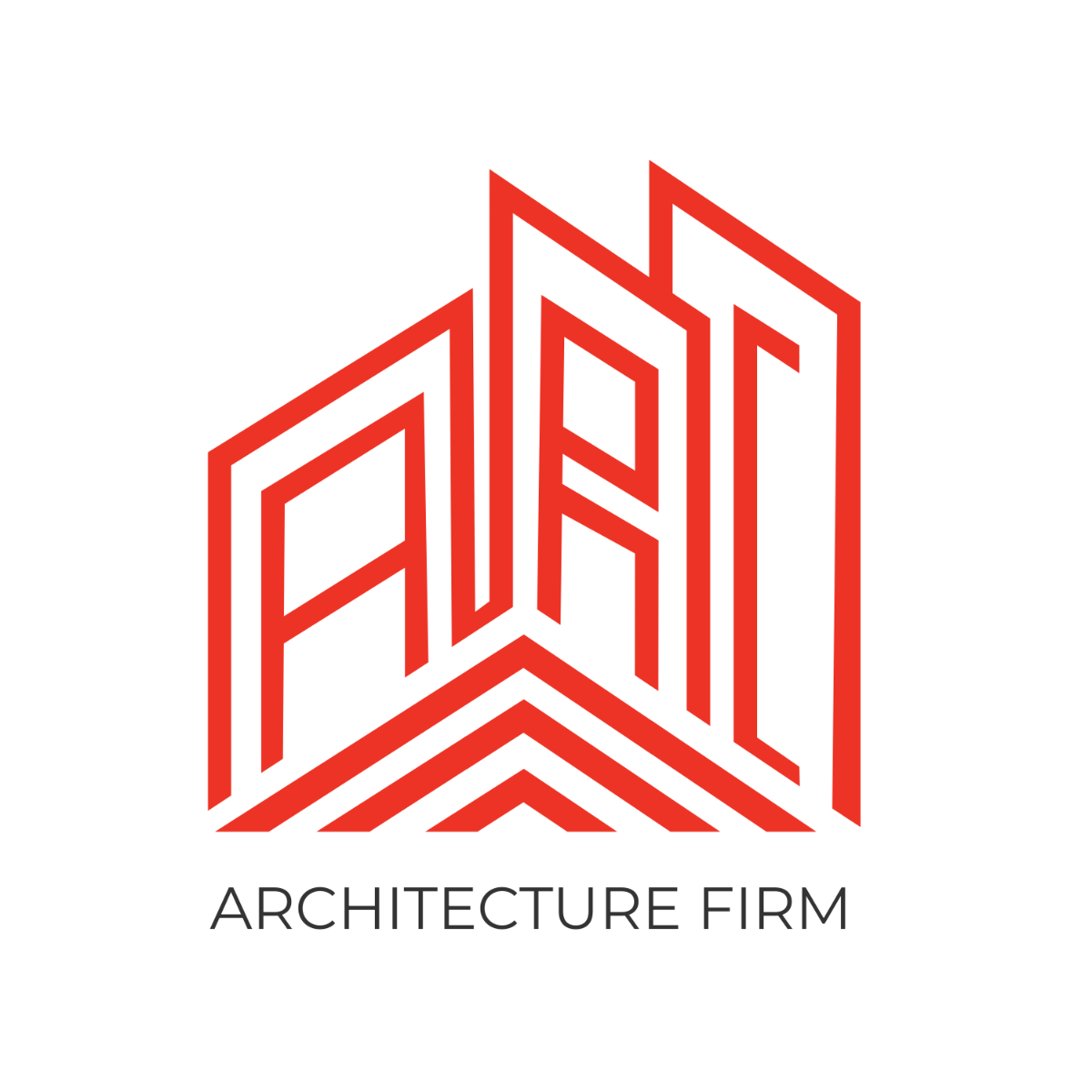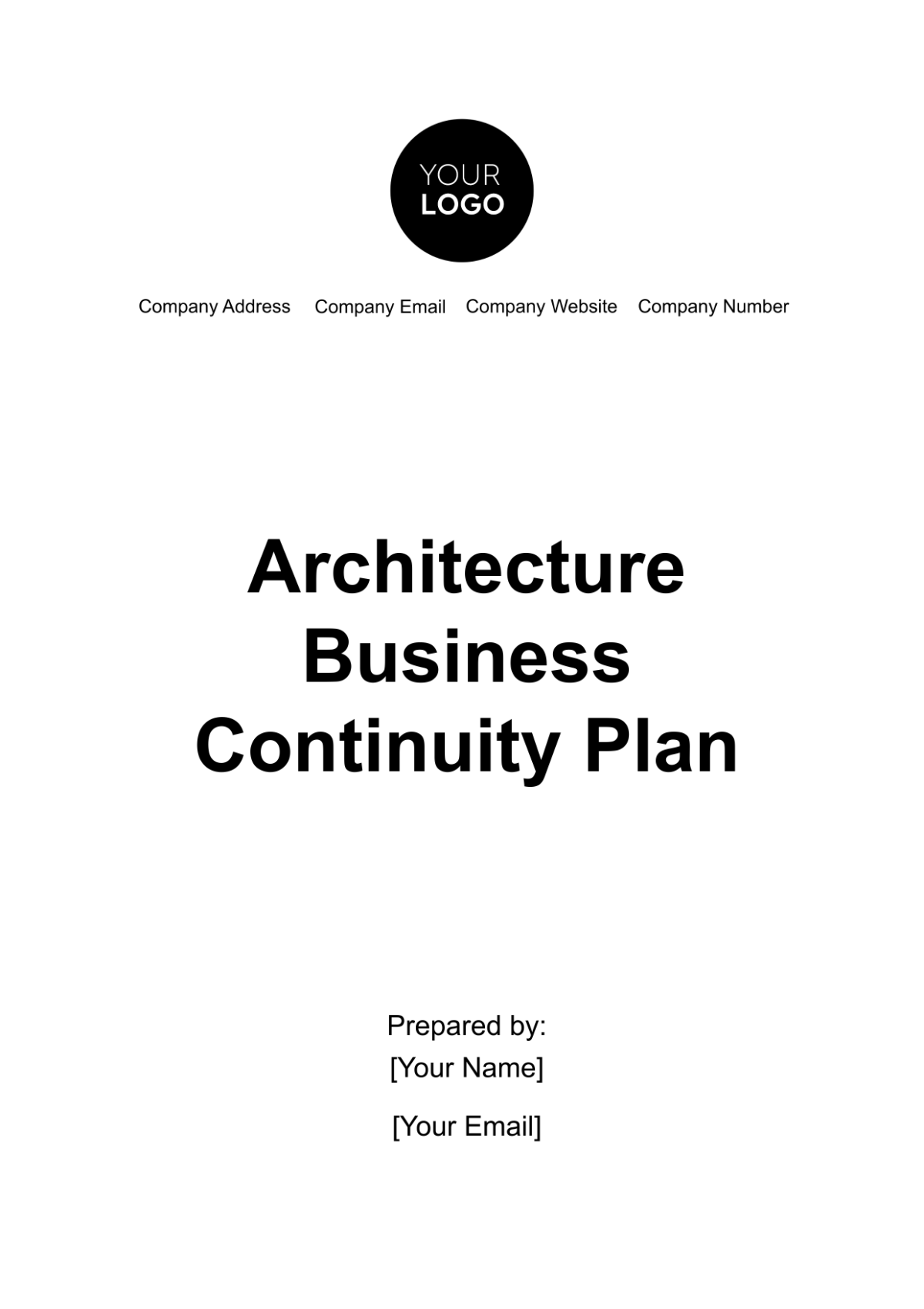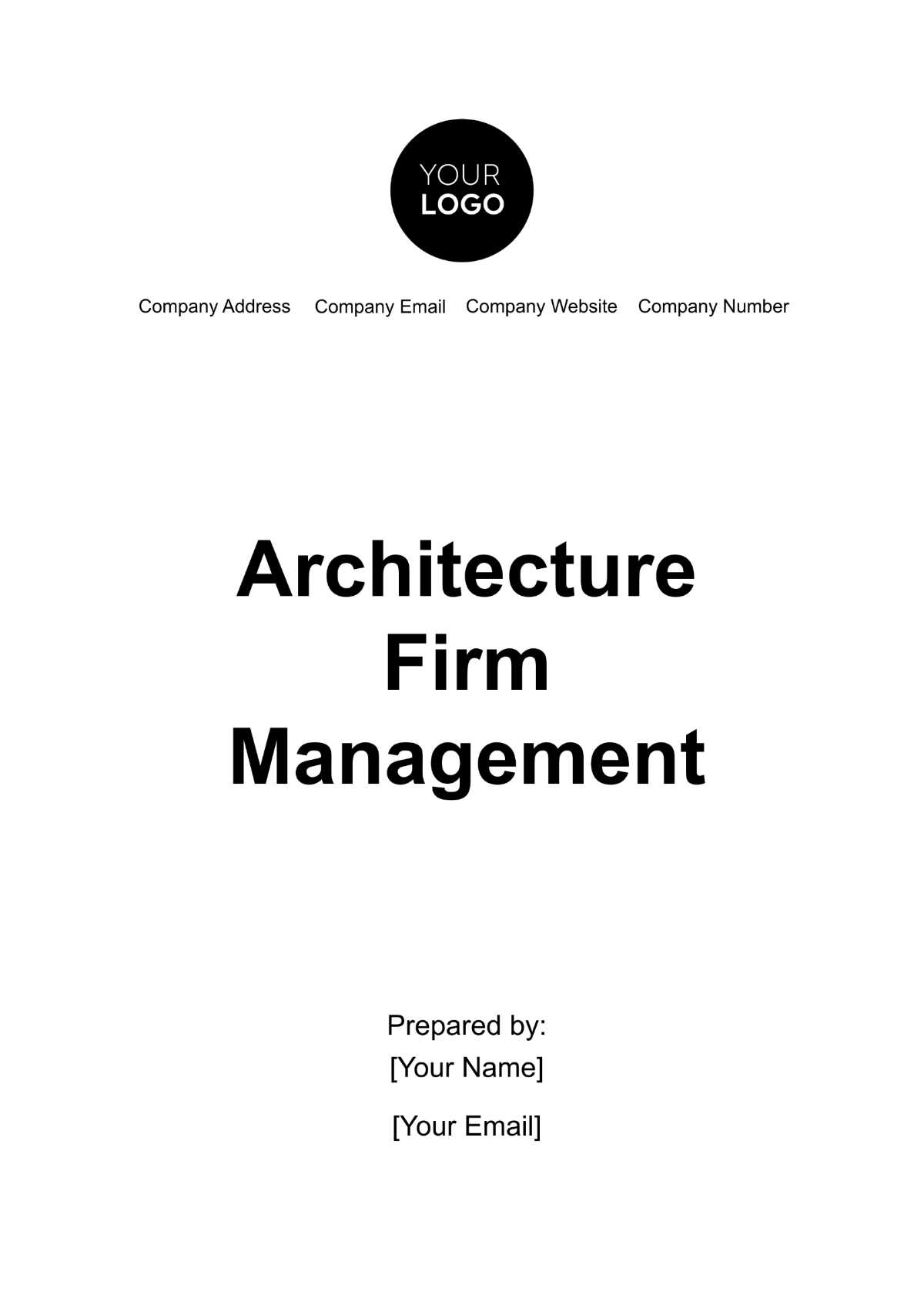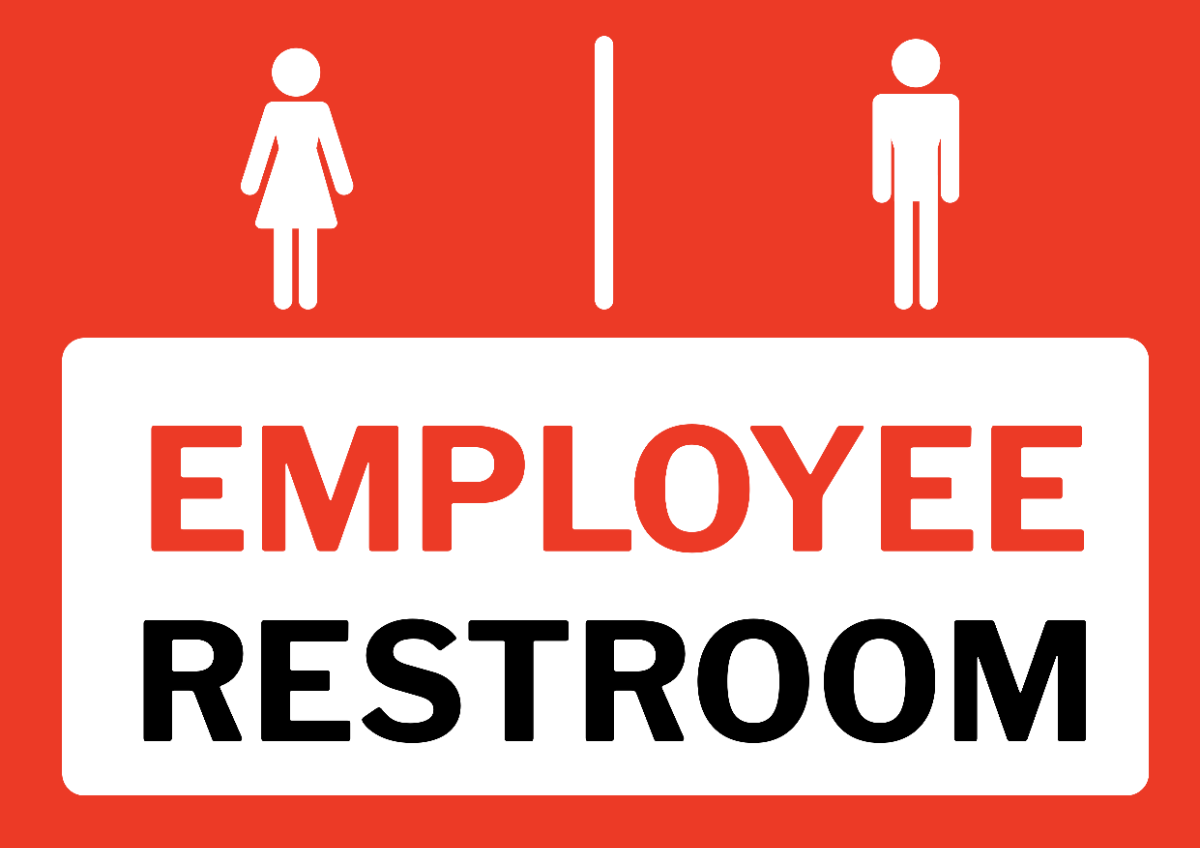I. Introduction
A. Purpose
The purpose of this Customer Service Standard Operating Procedure (SOP) is to establish clear guidelines and standards for delivering exceptional customer service at [Your Company Name]. This SOP aims to ensure consistent, high-quality interactions with clients, enhance customer satisfaction, and promote a positive image of our company.
B. Scope
This SOP applies to all employees at [Your Company Name] who are involved in customer interactions, including customer service representatives, project managers, technical support staff, and any other personnel who engage with clients. It encompasses all modes of communication, including phone, email, online chat, and in-person interactions.
C. Definitions
Customer Service Representative (CSR): An employee responsible for handling client inquiries, and complaints, and providing information about services.
Customer Relationship Management (CRM) System: A software tool used to manage customer interactions and data throughout the customer lifecycle.
Escalation: The process of forwarding a customer issue to a higher level of authority when it cannot be resolved at the initial level.
Key Performance Indicators (KPIs): Metrics used to evaluate the performance and effectiveness of customer service.
II. Customer Service Philosophy
A. Vision Statement
At [Your Company Name], our vision is to be recognized as a leader in the architecture industry for our commitment to exceptional customer service. We strive to exceed client expectations by delivering innovative solutions, maintaining open communication, and building lasting relationships.
B. Core Values
Integrity: We conduct our business with honesty and transparency.
Excellence: We pursue excellence in every aspect of our work.
Respect: We treat our clients and colleagues with respect and dignity.
Innovation: We embrace creativity and innovation to provide the best solutions.
Collaboration: We work together with our clients and team members to achieve common goals.
C. Service Standards
Responsiveness: Respond to all customer inquiries within 24 hours.
Professionalism: Maintain a professional demeanor in all interactions.
Accuracy: Provide accurate and detailed information to customers.
Empathy: Understand and address the needs and concerns of our clients.
Consistency: Ensure consistent service delivery across all channels.
III. Roles and Responsibilities
A. Customer Service Manager
Oversee the customer service team and ensure adherence to the SOP.
Develop and implement customer service policies and procedures.
Monitor performance metrics and provide feedback to team members.
Handle escalated customer issues and complaints.
B. Customer Service Representatives (CSRs)
Handle incoming customer inquiries via phone, email, online chat, and in person.
Provide accurate information about [Your Company Name]'s services.
Document and track customer interactions in the CRM system.
Resolve customer issues and escalate complex cases as needed.
C. Project Managers
Act as the primary point of contact for clients during project execution.
Communicate project updates and address client concerns.
Collaborate with CSRs to ensure client satisfaction.
Ensure project deliverables meet client expectations.
D. Technical Support Staff
Provide technical assistance to clients regarding architectural designs and tools.
Troubleshoot technical issues and offer solutions.
Collaborate with CSRs to resolve client issues.
Maintain up-to-date knowledge of architectural software and tools.
E. Other Relevant Staff
Support customer service efforts by providing necessary information and resources.
Ensure timely and accurate communication with clients.
Participate in training and development programs to enhance customer service skills.
IV. Customer Interaction Protocols
A. Initial Contact Procedures
Phone Calls: Answer incoming calls within three rings. Greet the caller with a friendly and professional tone, stating your name and [Your Company Name].
Emails: Acknowledge receipt of emails within 24 hours. Provide a detailed response addressing all client queries.
Online Chat: Respond to chat inquiries within 1 minute. Maintain a conversational and helpful tone.
In-Person: Greet clients warmly and offer assistance promptly. Ensure a comfortable and welcoming environment.
B. Communication Channels
Phone: Provide clear and concise information. Use active listening skills to understand client needs.
Email: Use professional language and format. Ensure emails are free from grammatical errors and provide comprehensive answers.
Online Chat: Be succinct and direct. Use predefined responses where appropriate to ensure consistency.
In-Person: Maintain eye contact and use positive body language. Provide printed materials if necessary for client reference.
C. Response Time Guidelines
Communication Channel | Response Time |
|---|---|
Phone | Immediate |
Within 24 hours | |
Online Chat | Within 1 minute |
In-Person | Immediate |
D. Follow-Up Procedures
After resolving an inquiry, follow up with the client within 48 hours to ensure satisfaction.
Use the CRM system to schedule and track follow-ups.
Provide additional assistance or information if needed.
V. Handling Customer Inquiries
A. Inquiry Categorization
General Information: Basic information about services, office hours, and location.
Technical Support: Issues related to architectural designs, software, and tools.
Project Status: Updates on ongoing projects and timelines.
B. Inquiry Resolution Workflow
Receive Inquiry: CSR logs the inquiry into the CRM system.
Categorize Inquiry: Determine the type of inquiry and assign it to the appropriate category.
Provide Initial Response: Respond to the client acknowledging receipt of the inquiry.
Research and Resolve: Gather necessary information and resolve the inquiry.
Communicate Resolution: Inform the client of the resolution and any next steps.
Document Interaction: Update the CRM system with details of the interaction.
Follow-Up: Check in with the client to ensure the issue is fully resolved.
C. Escalation Procedures
If a CSR cannot resolve an inquiry, escalate it to the Customer Service Manager.
Document the reason for escalation and any actions taken so far.
The Customer Service Manager reviews the case and determines the next steps.
Complex technical issues may be escalated to the Technical Support Staff.
D. Documentation and Record-Keeping
All customer interactions must be documented in the CRM system.
Include details such as date, time, nature of the inquiry, resolution provided, and follow-up actions.
Regularly review records to identify trends and areas for improvement.
Inquiry Type | Initial Response Time | Resolution Timeframe | Escalation Point |
|---|---|---|---|
General Information | Within 24 hours | Immediate | Customer Service Manager |
Technical Support | Within 24 hours | 48 hours | Technical Support Staff |
Project Status | Within 24 hours | 24 hours | Project Manager |
VI. Managing Customer Complaints
A. Complaint Receipt and Acknowledgement
When a customer complaint is received, it must be acknowledged within 24 hours. The acknowledgment should include an expression of regret for the inconvenience caused and an assurance that the issue will be investigated thoroughly. Complaints can be received through various channels, such as phone, email, online chat, and in-person interactions.
B. Investigation Process
Initial Assessment: Determine the nature and severity of the complaint. Categorize it into one of the predefined categories: service quality, technical issues, project delays, or other concerns.
Gather Information: Collect all relevant information from the client and internal sources. This includes project details, previous communications, and any related documents.
Analyze Data: Review the information to identify the root cause of the complaint. This may involve consulting with relevant departments or team members.
C. Resolution Strategies
Service Quality Complaints: Offer apologies, provide explanations, and outline steps to prevent recurrence. Compensation or additional services may be offered as appropriate.
Technical Issues: Assign technical support staff to resolve the problem. Keep the client informed of the progress and expected resolution time.
Project Delays: Communicate revised timelines and reasons for the delay. Implement measures to expedite project completion and ensure transparency with the client.
D. Feedback and Follow-Up
After resolving the complaint, follow up with the client within 48 hours to confirm their satisfaction with the resolution. Use the CRM system to log the complaint, actions taken, and client feedback. This information will be valuable for improving future service delivery.
VII. Customer Feedback and Surveys
A. Feedback Collection Methods
Collecting feedback from clients is crucial for continuous improvement. [Your Company Name] employs various methods to gather customer feedback:
Surveys: Send out satisfaction surveys after project completion or major milestones.
Feedback Forms: Provide feedback forms on the company website and in the office.
Direct Requests: Encourage project managers and CSRs to ask clients for feedback during interactions.
B. Survey Design and Implementation
Surveys should be designed to capture both quantitative and qualitative data. Include questions that cover different aspects of the service experience, such as:
Overall satisfaction
Timeliness of service
Quality of communication
Technical expertise
Suggestions for improvement
Ensure surveys are user-friendly and easy to complete. Use online survey tools for efficient distribution and analysis.
C. Analyzing Customer Feedback
Regularly review and analyze feedback data to identify trends and areas for improvement. Use statistical methods to quantify satisfaction levels and track changes over time. Pay special attention to recurring issues and negative feedback to address underlying problems.
D. Utilizing Feedback for Service Improvement
Action Plans: Develop action plans based on feedback analysis to address identified issues.
Training: Provide additional training to staff on areas needing improvement.
Process Changes: Implement changes in processes and procedures to enhance service quality.
Client Communication: Inform clients of improvements made based on their feedback, reinforcing the company's commitment to customer satisfaction.
VIII. Training and Development
A. Initial Training Program
All new employees undergo an initial training program to familiarize them with [Your Company Name]'s customer service standards and procedures. This program includes:
Orientation: Overview of the company, its values, and customer service philosophy.
Customer Interaction Protocols: Detailed training on handling different types of customer interactions.
Technical Training: Instruction on the use of CRM systems, architectural software, and tools.
Role-Specific Training: Specific training tailored to the employee's role (e.g., CSR, project manager, technical support).
B. Ongoing Training and Refreshers
To ensure continuous improvement, ongoing training sessions and refreshers are provided. These include:
Workshops: Regular workshops on customer service skills, communication techniques, and problem-solving.
Updates: Training on new tools, technologies, and processes.
Feedback Integration: Training sessions based on common issues identified through customer feedback.
C. Performance Evaluation
Employee performance is regularly evaluated based on key performance indicators (KPIs) such as response time, resolution time, customer satisfaction, and accuracy of information provided. Performance reviews are conducted quarterly, and constructive feedback is given to help employees improve.
D. Skill Development Workshops
Workshops focus on enhancing specific skills, such as:
Communication Skills: Techniques for effective verbal and written communication.
Conflict Resolution: Strategies for handling difficult customer interactions and resolving conflicts.
Technical Proficiency: Advanced training in architectural software and technical problem-solving.
IX. Quality Assurance and Performance Metrics
A. Key Performance Indicators (KPIs)
KPIs are essential for measuring the effectiveness of customer service. The following KPIs are tracked at [Your Company Name]:
KPI | Definition | Target |
|---|---|---|
Response Time | Average time taken to respond to customer inquiries | Within 24 hrs |
Resolution Time | Average time taken to resolve customer issues | Within 48 hrs |
Customer Satisfaction | Percentage of customers satisfied with the service | ≥ 90% |
First Contact Resolution | Percentage of issues resolved on first contact | ≥ 80% |
B. Regular Performance Reviews
Performance reviews are conducted quarterly to assess individual and team performance against KPIs. These reviews involve:
Data Analysis: Reviewing performance data and identifying trends.
Feedback Sessions: Providing feedback to employees and discussing areas for improvement.
Action Plans: Develop action plans to address performance gaps and enhance service quality.
C. Quality Assurance Checks
Regular quality assurance checks are conducted to ensure adherence to service standards. This includes:
Call Monitoring: Reviewing recorded calls to evaluate the quality of customer interactions.
Email Audits: Assessing email responses for accuracy, professionalism, and completeness.
Survey Results: Analyzing customer survey results to gauge satisfaction levels and identify areas for improvement.
D. Continuous Improvement Initiatives
Continuous improvement is a key focus at [Your Company Name]. Initiatives include:
Process Reviews: Regularly reviewing and updating customer service processes to enhance efficiency and effectiveness.
Feedback Integration: Incorporating customer and employee feedback into improvement plans.
Innovation: Exploring new technologies and methodologies to improve service delivery.
X. Customer Relationship Management (CRM) System
A. Overview of CRM System
The CRM system is a vital tool for managing customer interactions and maintaining detailed records. It enables efficient tracking of customer inquiries, complaints, and feedback, ensuring a consistent and personalized service experience.
B. Data Entry and Maintenance
Data Entry: CSRs and other relevant staff are responsible for entering accurate and complete information into the CRM system. This includes customer contact details, inquiry logs, complaint records, and follow-up actions.
Data Maintenance: Regularly update and clean the CRM database to ensure data accuracy. Remove duplicate entries and update outdated information.
C. Using CRM for Service Enhancement
The CRM system provides valuable insights into customer behavior and service trends. It is used for:
Personalized Service: Tailoring interactions based on customer history and preferences.
Performance Tracking: Monitoring individual and team performance against KPIs.
Trend Analysis: Identifying common issues and areas for improvement.
Reporting: Generating reports on customer interactions, complaints, and feedback for management review.
XI. Confidentiality and Data Protection
A. Privacy Policy
[Your Company Name] is committed to protecting customer privacy. The privacy policy outlines how customer data is collected, used, and protected. Key points include:
Data Collection: Only collect data necessary for service delivery.
Data Use: Use customer data solely for the purpose of providing and improving services.
Data Sharing: Do not share customer data with third parties without consent.
B. Data Protection Measures
To ensure the security of customer data, the following measures are implemented:
Access Controls: Restrict access to customer data to authorized personnel only.
Encryption: Use encryption technologies to protect data during transmission and storage.
Regular Audits: Conduct regular audits of data security practices to identify and address vulnerabilities.
C. Handling Sensitive Information
Confidentiality Agreements: Require employees to sign confidentiality agreements to safeguard sensitive information.
Secure Communication: Use secure communication channels for transmitting sensitive information.
Data Retention: Retain customer data only as long as necessary for business purposes and in accordance with legal requirements.
XII. Emergency and Contingency Plans
A. Handling Service Interruptions
In the event of service interruptions, [Your Company Name] has contingency plans in place to minimize impact on customers. This includes:
Backup Systems: Maintain backup systems and data to ensure continuity of service.
Alternative Communication Channels: Provide alternative communication channels if primary channels are unavailable.
Incident Response Team: Establish an incident response team to address service interruptions promptly.
B. Communication During Emergencies
Notification: Inform customers of the issue and expected resolution time through multiple channels (email, phone, website).
Updates: Provide regular updates on the status of the issue and steps being taken to resolve it.
Support: Offer additional support and assistance to affected customers.
C. Continuity of Service Plans
Develop and maintain business continuity plans to ensure service delivery in the event of major disruptions. This includes:
Risk Assessment: Identify potential risks and their impact on service delivery.
Mitigation Strategies: Implement strategies to mitigate identified risks.
Testing: Regularly test continuity plans to ensure effectiveness.
XIII. Review and Update of SOP
A. Regular Review Schedule
The Customer Service SOP is reviewed annually to ensure it remains relevant and effective. Additional reviews may be conducted as needed based on changes in business processes, technology, or customer feedback.
B. Updating Procedures
Feedback Integration: Consider feedback from customers and employees when updating the SOP.
Approval Process: Draft updates are reviewed and approved by senior management before implementation.
Communication: Communicate updates to all relevant staff and provide training on new procedures as needed.
C. Employee Feedback Integration
Encourage employees to provide feedback on the SOP and suggest improvements. This can be done through:
Surveys: Regular surveys to gather employee opinions and suggestions.
Feedback Sessions: Scheduled feedback sessions to discuss potential changes and enhancements.
Suggestion Boxes: Anonymous suggestion boxes for employees to submit ideas.


